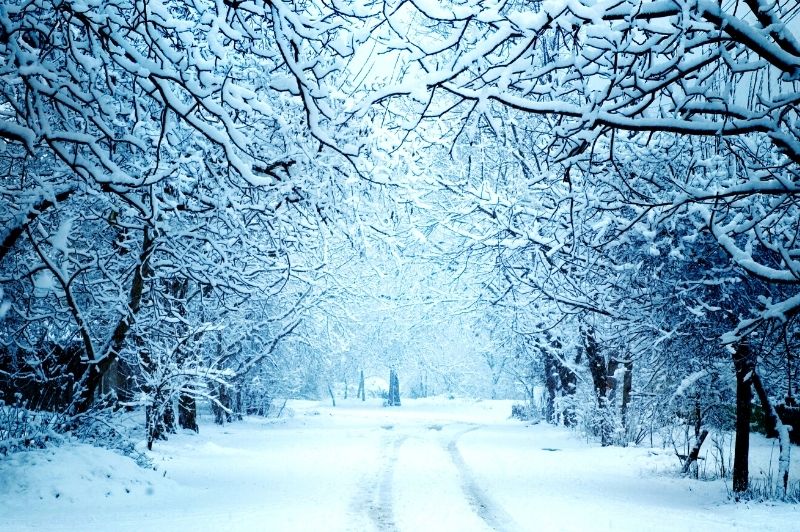Home Kuel Thought Leader: Lori Roach
Fall is quickly fading, and winter is taking over once again.
We’ll soon find ourselves retreating indoors for more and more hours each day.
So. Much. Time. At. Home.
Try some of these tips for creating a warm, welcoming atmosphere to help you thrive – not just survive – our coldest season:
“When natural light is in short supply, we’ve got to get creative.”
1. Replicate Natural Light In Your Home:
It’s been scientifically proven that natural light is physically and mentally beneficial to humans.
Exposure to natural light helps our bodies produce Vitamin D, improves our circadian rhythms and sleep patterns, helps us to focus, enables us to get more done, and even makes us happier. When natural light is in short supply, we’ve got to get creative.
Rearrange furniture to take advantage of any natural light coming in through windows. Add extra lamps in your rooms.
Control Your Lighting:
- Switch your lightbulbs from “cool” or “daylight” to “warm” tints.
- Install dimmer switches wherever possible to regulate the brightness of overhead lighting.
- Make it a ritual to light candles each evening.
- Extend lighting to your outdoor areas with café lights, solar lights, and lanterns.
“Switch up lightweight waffle weave towels for thick, luxurious Egyptian or Turkish cotton.”
2. Add Warmth and Dimension with Textiles:
While summer calls for airy simplicity, in winter you’ll want to focus on substance, weight, and layering.
- Cover your dining table with a tablecloth, then add coordinating placemats and cloth napkins.
- Switch out airy window sheers for more substantial curtains in heavier weights.
- Replace pillow covers and spread plenty of warm blankets around your seating areas.
- The best winter home fabrics include wool, velvet, polar fleece, corduroy, tweed, brocade, and faux fur.
- Switch up lightweight waffle weave towels for thick, luxurious Egyptian or Turkish cotton.
3. Embrace the Power of Fragrance For Your Home:
Our sense of smell holds incredible control of our memories. Neuroscientists have suggested this is due to the close physical connection between the regions of the brain linked to memory, emotion, and our sense of smell.
- Choose candles, diffusers, wax melts, and room sprays in winter scents such as pine, vanilla, lavender, and cinnamon. Cedar, orange blossom, amber, and ginger are also “warming” winter fragrances.
- Fill your Crockpot with the ingredients for beef stew, applesauce, mulled wine, or eggnog.
- Bake cookies, gingerbread, or yeast bread.
- Make old-fashioned pomanders by piercing fresh oranges with whole cloves, sprinkling liberally with cinnamon, and displaying in a bowl.
- Create the classic “Williams Sonoma Potpourri”. Simmer the following ingredients in a heavy pot on the stove:
- 1 Lemon
- 1 Handful Rosemary
- 2 tsp Vanilla Extract
- 2 cups Water
“Yellow-hued greens have much of the fresh, energizing effects of yellow without its harsh impact.”
4. Set the Mood with Color:
Counteract the lack of color outside by bringing more to your decor. Jewel tones such as burgundy, forest green, and midnight blue provide richness, warmth, and nostalgic feelings. Mix in burnt orange, ocher, and plum for drama and contrast.
Bright colors inspire joy and positivity and are proven to help ward off depression. Hands down, yellow is the cheeriest color on the spectrum but can come off as harsh when used in home decor. Yellow-hued greens have much of the fresh, energizing effects of yellow without its harsh impact.
Extra Color:
- Be liberal with bright and bold colors and more restrictive with cool tones and neutrals.
- Add extra color with accent pieces like throw pillows and blankets, art, candles, and flowers.
- Consider painting a dramatic accent wall in the main room.
- Paint a small room such as a bathroom in a dramatic shade.
“Regular exposure to nature and natural elements reduces anger, fear, and stress.”
5. Bring Nature Indoors:
If you aren’t spending time outside in nature (and even if you are), try to bring a variety of it indoors with you. Regular exposure to nature and natural elements reduces anger, fear, and stress. It contributes to your physical wellbeing, reducing blood pressure, heart rate, muscle tension, and the production of stress hormones.
Houseplants, houseplants, houseplants!
Overwinter your outdoor plants by bringing the pots inside.
Treat Yourself:
- Collect pinecones, dried grasses and florals, and evergreen clippings to display indoors.
- Display bare branches in a tall vase.
- Treat yourself to weekly floral bouquets, spreading the blooms into as many rooms as you can.
Hopefully, you’ve gained some new ideas on how to create your own haven at home this winter.
What would you add to this list?
Did you enjoy this article? Become a Kuel Life Member today to support our ad-free Community. Sign-up for our Sunday newsletter and get your expert content delivered straight to your inbox.

About the Author:
Lori Roach’s professional career has encompassed convention management, corporate training, education administration, and – most important to her – full-time motherhood. As she entered her mid-fifties, she found herself moving to a new city – leaving her friends and job behind just as she became an empty nester. Seeking both purpose and a new challenge, Lori started a blog, CircleSquareOval. Her goal is to help every woman “shape a modern midlife” by focusing on self-discovery, confidence, and connection to the world around them.
A bit of a gypsy at heart, Lori has relocated twenty-two times in her life, making her something of an expert on settling into a new space, unpacking and decorating quickly, and creating a feeling of “home”. She joins Kuel Life as a Home Category Expert.
You can read more from Lori at CircleSquareOval and find her on Instagram, Twitter, and Pinterest as well.






















